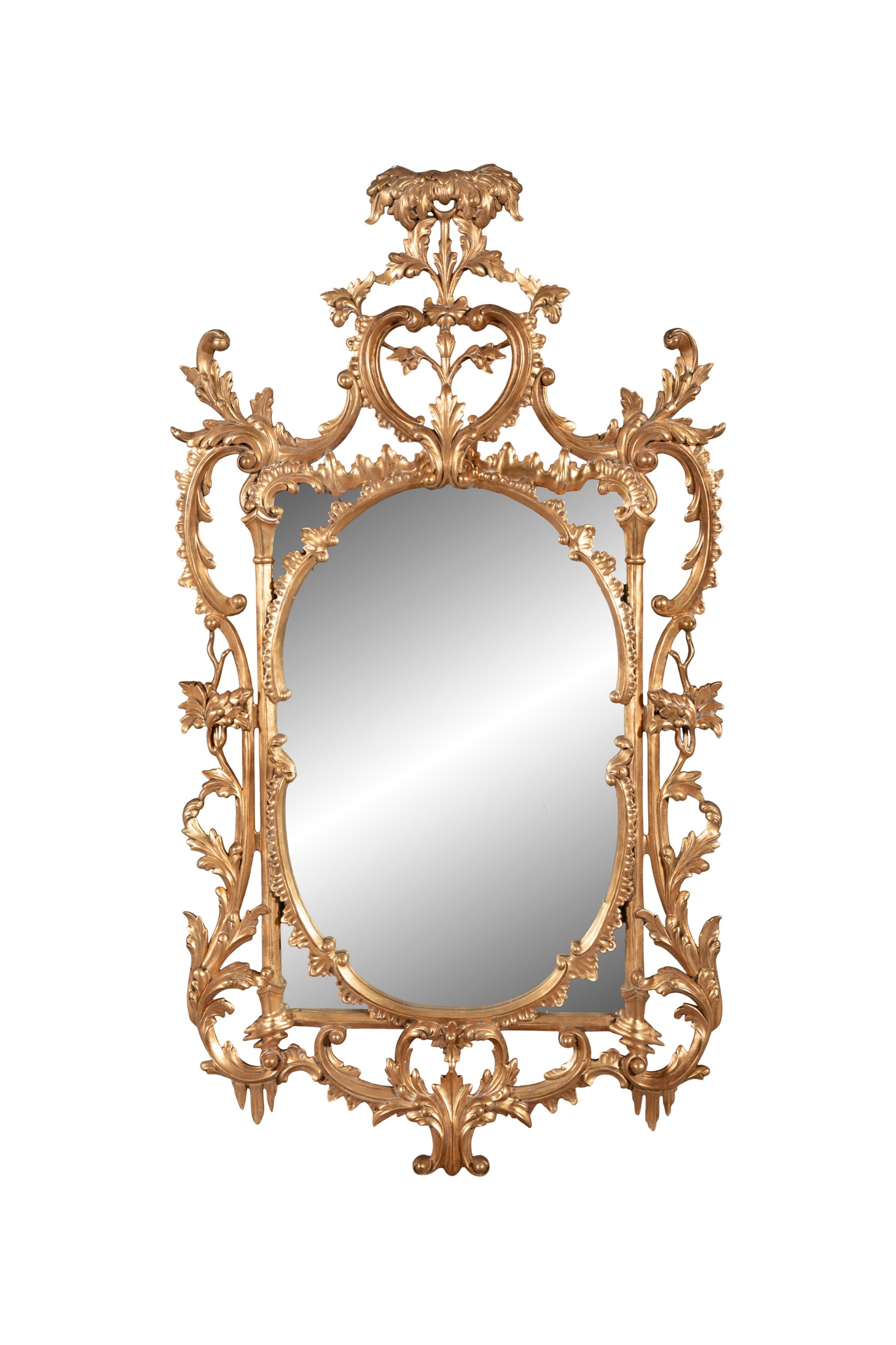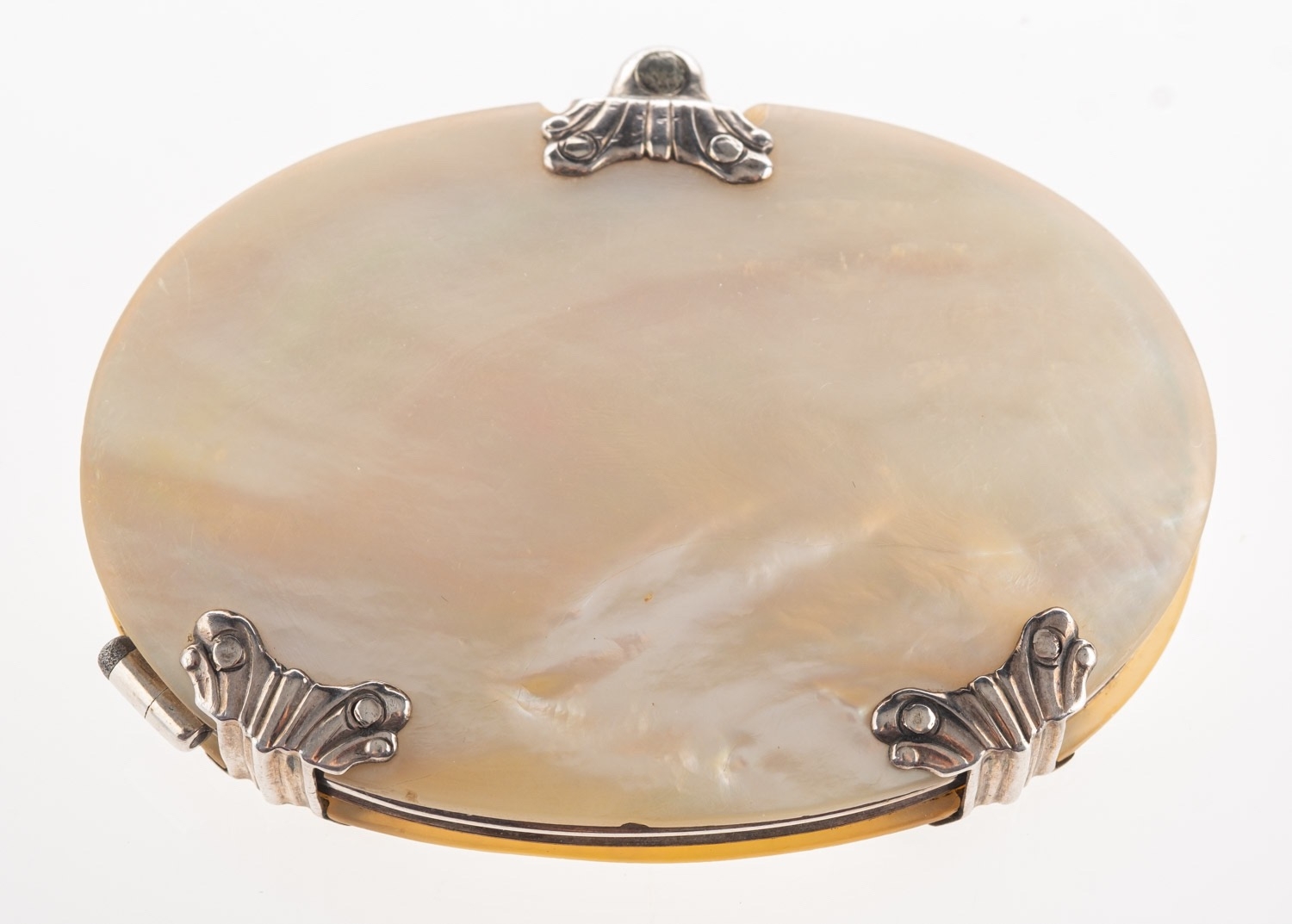Antique styles have long offered a window into the cultural influences of different eras. From the intricate curves of Rococo to the organic lines of Art Nouveau, these styles continue to influence modern design and remain highly sought after in the auction world.
At Easy Live Auction, we host live auctions from over 400 auction houses - and counting; each of whom with their own specialisms — each offering a vast array of antiques from various eras and cultures.
Rococo
Originating in France during the early 18th-century, the Rococo style developed as a reaction against the grandeur and symmetry of the Baroque era. Known for its ornate detailing, playful themes, and light colour palettes, Rococo quickly became the choice of European aristocracy.

[Image source]
Key Characteristics of Rococo
- Asymmetrical Designs: Rococo focuses on asymmetry, offering an air of movement and spontaneity.
- Curved Lines: Graceful curves and scrolls are a hallmark of Rococo. It often incorporates motifs of shells, flowers, and foliage.
- Pastel Colours: Soft colours like gold, pink, and light blue are often used, complementing the playful, romantic feel.
- Ornate Decorations: Rococo furniture and decor feature elaborate carvings and gilding, incorporating naturalistic elements.
Notable Examples
- Furniture: Rococo chairs, tables, and cabinets often feature intricate carvings and upholstery.
- Art and Decor: Paintings and porcelain pieces reflect the whimsy of the era.
Finding Rococo at Auction
Rococo pieces are often found at Easy Live Auction, with items ranging from delicate porcelain figurines to grandiose furniture.
Search Rococo lots here.

This 20th century Rococo style Giltwood mirror is Lot 52 in Adam's Auctioneers’ 28th August sale. Estimated at €1,000 - €1,500, it would add a charming touch of Rococo class to any living space.
View catalogue here.
Art Nouveau
Art Nouveau came about at the turn of the 20th century, spanning from the 1890s to the early 1900s. In response to the industrial revolution's rigid designs, Art Nouveau sought to harmonise art with nature, putting an emphasis on organic forms and elaborate detailing.

[Image source]
Key Characteristics
- Organic Shapes: Flowing lines - often resembling natural elements like plants and flowers - are staples in Art Nouveau's aesthetic.
- Innovative Materials: Glass, wrought iron, and stained glass — these each stage the innovative essence of Art Nouveau.
- Motifs Inspired by Nature: Themes of nature and fantasy are common, featuring insects, flowers, and mythical creatures.
- Harmony and Unity: Art Nouveau aims for a cohesive design, integrating architecture, furniture, and décor.
Notable Examples
- Furniture: Art Nouveau furniture often features sinuous lines and intricate inlays.
- Glassware: The work of artists like Louis Comfort Tiffany highlights the vibrant colours and detailed designs that define Art Nouveau glass.
Finding Art Nouveau at Auction
Art Nouveau items frequently appear in auctions at Easy Live Auction, with pieces ranging from vases to intricate jewellery. Look for renowned designers like Emile Gallé and René Lalique for valuable finds.
Browse Art Nouveau at auction here.

Imagine the luxury of pouring yourself a drink from this WMF Art Nouveau pewter maiden claret jug. Lined with green glass, it would make for a unique centrepiece indeed.
Find this, and much more, in Eastbourne Auctions’ September sale, starting 3rd September – 6th September.
See catalogue here.
Victorian
The Victorian era, spanning from 1837 to 1901, was a period of eclectic design, drawing inspiration from assorted styles from history. With the expansion of the British Empire, the influence of exotic cultures on Victorian aesthetics followed.

[Image source]
Key Characteristics of Victorian
- Rich Ornamentation: Victorian design is characterised by intricate detailing and a focus on luxury.
- Diverse Influences: Elements from Gothic, Renaissance, and Rococo styles are often incorporated, creating a distinctive blend.
- Dark Woods: Materials like mahogany and walnut are commonly used. These give an effortlessly rich, opulent feel.
- Floral Patterns: Wallpapers and textiles often feature elaborate floral motifs, signifying the Victorians’ love for nature.
Notable Examples
- Furniture: Grandeur and comfort are a prime characteristic in Victorian furniture, often featuring buttoned upholstery and elaborate carvings.
- Decorative Arts: Decorative pieces from the era, such as lamps and ceramics, demonstrate the diverse influences of Victorian styling.
Finding Victorian at Auction
Victorian items are a staple in Easy Live Auction's offerings. Lavish furniture and exquisite jewellery are just a few examples of the wide range of relics that collectors can find, hailing from the era.
Browse Victorian lots at auction here.

This 19th century ebonised wood & boulle work style marble top credenza, adorned with gilt metal floral embellishments, practically exudes Victorian opulence.
You can find it in Auctioneum’s 23rd August sale, starting at 9:55am BST.
Mid-Century Modern
Emerging in the mid-20th century, Mid-Century Modern design reflects post-war optimism and a newfound need for change following technological advancements. This style is marked by clean lines, minimal ornamentation, and a focus on practicality.

[Image source]
Key Characteristics
- Clean Lines: Mid-Century Modern design boasts sleek, straightforward lines and geometric shapes.
- Functional Design: The style features both functionality and practicality, and often incorporates multi-purpose elements.
- Innovative Materials: Use of new materials like plastics, metal, and plywood are indicative of the burgeoning technological advancements of the era.
- Minimal Ornamentation: The focus is on form and function, with minimal decorative elements.
Finding Mid-Century Modern at Auction
Easy Live Auction frequently features Mid-Century Modern items, ranging from furniture to art. Look for renowned designers like Charles and Ray Eames or Arne Jacobsen for authentic and valuable pieces.

This stylish Jaeger La Coultre mantle clock would make for a nice mid-century modern accent in any living room.
You can find it in John Goodwin's 28th August sale, starting 10am (BST).
Other Styles to Explore
Baroque
- Key Characteristics: Elaborate ornamentation, dramatic contrasts, and grand scale.
- Why Collect: Baroque pieces are valued for their opulence and historical significance, offering a real sense of grandeur.

A large print on canvas of Peter Paul Rubens' portrait of Maria di Antonio Serra is available in Auctioneum’s 23rd August sale.
View catalogue here.
Georgian
- Key Characteristics: Symmetrical designs, classical motifs, and restrained embellishments.
- Why Collect: Georgian antiques are appreciated for their balance and class, often reflecting the ideals of the Enlightenment.

Find this Georgian magnifying glass in an oval white mother of pearl case in Bearnes Hampton & Littlewood’s sale on 3rd September.
View catalogue here.
Regency
- Key Characteristics: Graceful lines, neoclassical influences, and fine artistry.
- Why Collect: Regency pieces are sought after for their refined aesthetics and historical significance, representing the sophistication of the British Regency era.

A regency style mahogany twin pillar dining table, early 19th century — available in Adam’s Auctioneers’ 28th August home sale.
View catalogue here.
Tips for Collecting Antiques
- Research: Verify the item's origin and history, checking for any documentation or provenance to confirm authenticity.
- Condition Report: When in doubt, Easy Live Auction’s auctioneers are happy to provide a condition report. Contact them directly with any questions you may have pertaining to the condition or authenticity of an antique item.
- Inspection: Examine the piece for signs of age and quality, distinguishing genuine antiques from replicas.
At Auction
- Preparation: Familiarise yourself with the auction catalogue and set your budget.
- Bidding Strategy: Stay informed about bidding trends and be prepared to adapt your strategy as needed.
Caring for Antiques
- Preservation: Research appropriate methods to clean and preserve antiques depending on their individual needs, avoiding harsh chemicals that may damage delicate materials.
- Display: Properly display items to maintain their beauty and protect them from accidental or environmental damage.
Exploring the intricacies of the various antique styles offers a fascinating insight into history through design. From the opulence of Rococo, the innovative spirit of Art Nouveau, and much more, each style tells its own unique story, echoing the cultural and artistic movements of their time.
Uncover a vast array of antiques at Easy Live Auction, each waiting to become a cherished part of your collection — and they’re just a click away.
Happy bidding!
190824103138.JPG)
190824103138.JPG)